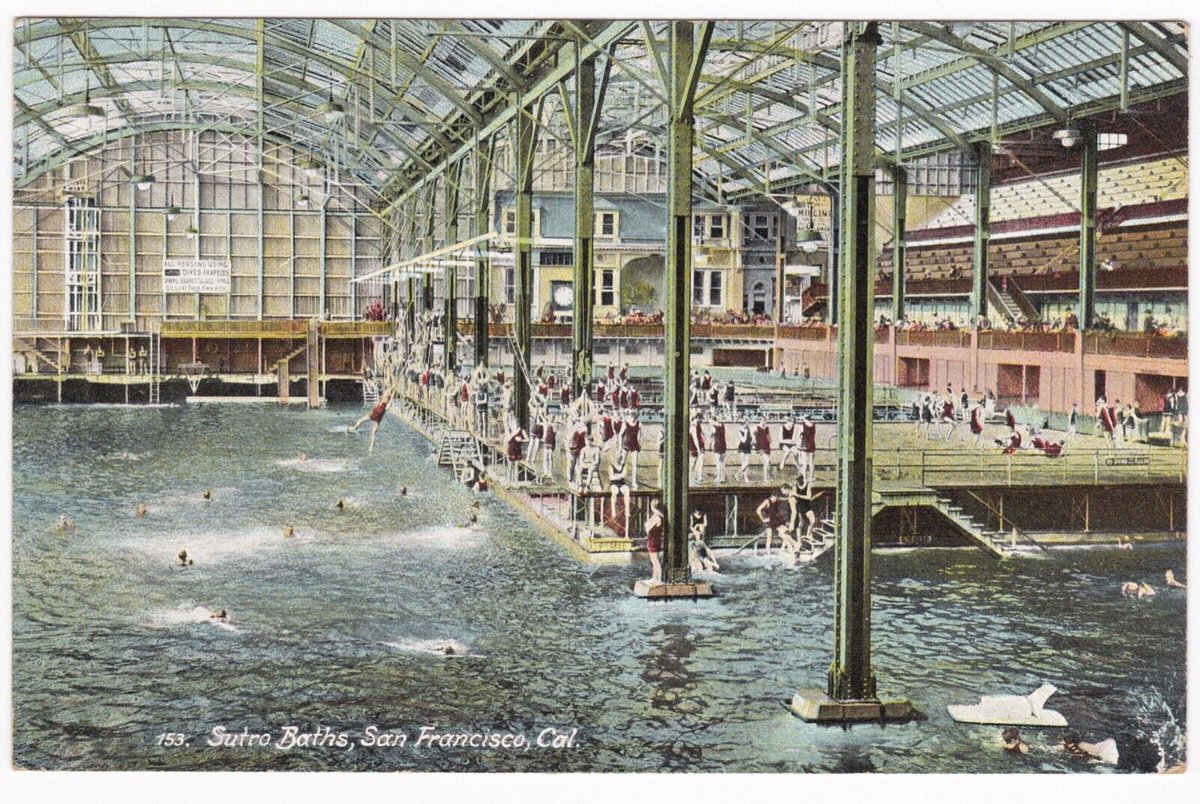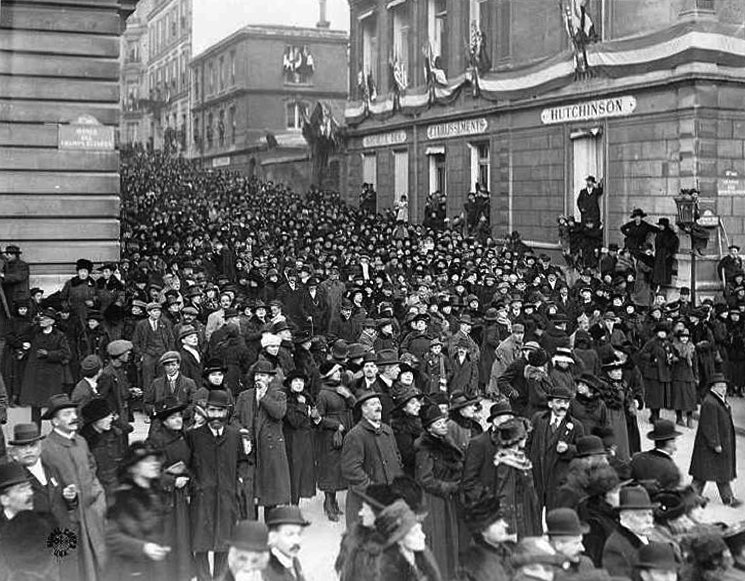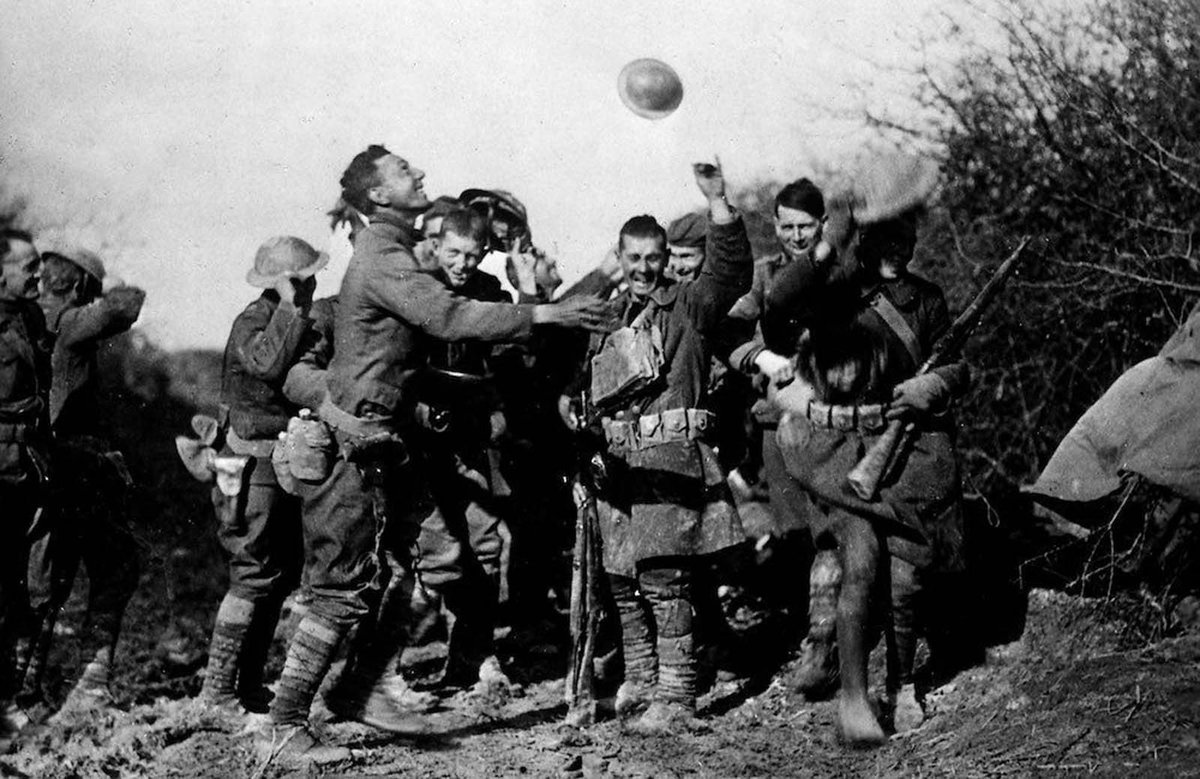The Sutro Baths was a large, privately owned public saltwater swimming pool complex in the Lands End area of the Outer Richmond District in western San Francisco, California. 





Built in 1896, the Sutro Baths was located north of Ocean Beach,the Cliff House,Seal Rocks,and west of Sutro Heights Park. 



The structure burned down to its concrete foundation in June 1966; its ruins are located in the Golden Gate National Recreation Area and the Sutro Historic District 





On March 14, 1896, the Sutro Baths were opened to the public as the world's largest indoor swimming pool establishment. The baths were built on the western side of San Francisco by wealthy entrepreneur and former mayor of San Francisco (1894–1896) Adolph Sutro. 





The structure was situated in a small beach inlet below the Cliff House, also owned by Adolph Sutro at the time. Both the Cliff House and the former baths site are now a part of the Golden Gate National Recreation Area, operated by the United States National Park Service. 



The baths struggled for years, mostly due to the very high operating and maintenance costs. Eventually, the southernmost part of the baths were converted into an ice skating rink, with a wall separating it from the dilapidated swimming pools, until 1964 when the property was sold 



to developers for a planned high-rise apartment complex.A fire in 1966 destroyed the building while it was in the process of being demolished. All that remains of the site are concrete walls, blocked-off stairs and passageways, and a tunnel with a deep crevice in the middle. 





The cause of the fire was determined to be arson. Shortly afterwards, the developers left San Francisco and claimed insurance money 



• • •
Missing some Tweet in this thread? You can try to
force a refresh
















































